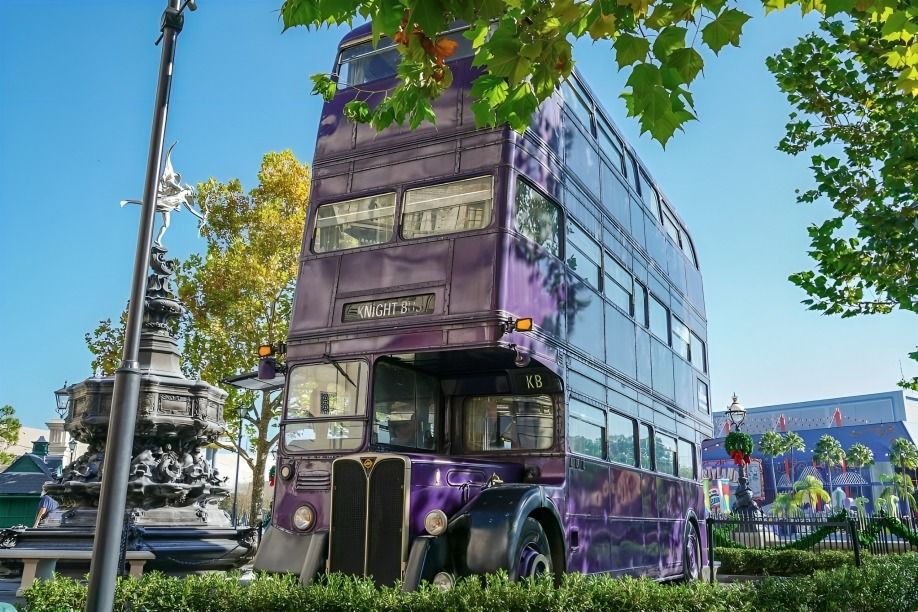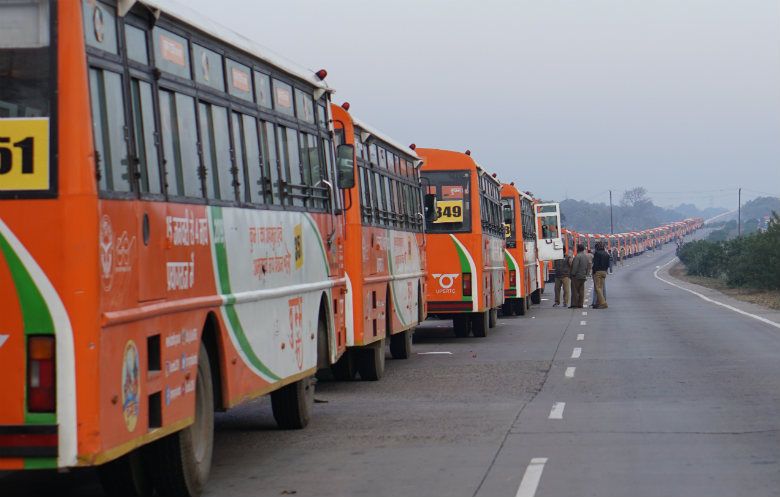
“
Amazing Bus Facts showcases the incredible diversity and innovation in public transportation. From the colossal DAF Super City Train buses in DR Congo to futuristic concepts like electric flying buses in Dubai, the world of buses is full of surprises. Did you know that school buses are yellow for maximum visibility or that a Phantom jet engine turned a school bus into the fastest bus ever? Our journey through these fascinating bus facts will explore the remarkable evolution of buses, unique records, and cutting-edge technologies transforming urban travel. Buckle up and get ready to be amazed by how buses have not only evolved in design but have also pushed the boundaries of what’s possible in transportation.1
1
”
The term “bus” derives from the Latin word “omnibus,” which means “for all.” This term was used for TV shows with back-to-back programs. "Bus" is a shortened form, reflecting its role as “transport for all.” 1
The first bus, invented by Blaise Pascal in 1662, was a horse-drawn carriage that could carry eight passengers. This early design was for the upper class and only lasted 15 years before being forgotten. 2
The DAF Super CityTrain buses in DR Congo are 32.20 meters (105.64 feet) long and can carry up to 350 passengers. Weighing 28 tons when empty, these impressive buses are designed for high-capacity public transportation.3
In 1812, horse-drawn buses were updated with roofs and became known as "buses," derived from the Latin "Omnibus." By the 1830s, steam-engine and electric trolley buses started running on overhead cables.4
Ladislav Sejnoha from the Czech Republic boasts the largest collection of bus tickets, totaling 200,000 from 36 countries. Each ticket in his extensive collection features unique details, reflecting a remarkable dedication to preserving public transport history.5
The introduction of internal combustion engines in 1895 revolutionized bus travel, making buses more powerful and efficient. This innovation transformed buses into a widely accessible and affordable means of public transportation, significantly expanding their use.6
Gareth Pugh set the record for pulling a double-decker bus 20 meters in 31.382 seconds on February 24, 2022. The vintage bus weighed 7,760 kg, with an 11.60 kg rope and a 2.40 kg harness. 7

Triple-decker buses are rare, but the fictional purple Knight Bus from "Harry Potter" features three decks. Although the bus is CGI in the movies, it’s based on a real bus concept designed for maximum capacity and magic.

On February 28, 2019, Prayagraj, India, hosted the largest bus parade with 503 vehicles during the Kumbh Mela festival. This impressive record highlighted the city’s transport management capabilities and the festival’s scale.
In 2018, Stockholm became the first city with an entirely renewable-powered bus fleet. Buses run on biodiesel, biogas, and ethanol, aligning with the city's goal of being fossil fuel-free by 2050 and supporting environmental sustainability.8
The record for the most people crammed into an unmodified double-decker bus is 133, achieved by the Airdrie and Coatbridge Amateur Operatic Society in the UK on March 12, 2011. This feat showcased remarkable crowd management and endurance.9
School buses are painted yellow because it is the most visible color in low light and poor weather conditions. Yellow attracts human attention more quickly than red, making it the safest choice for school transportation.10
Most buses don't have seatbelts because they’re not very effective at lower speeds. Buses are designed for safety in different ways, such as having high-backed seats and ample space to minimize injury.11
China features the Neoplan Jumbocruiser, the world’s largest bus with a capacity of 300 passengers. Australia and Brazil also have large buses that rival its size, highlighting the global interest in high-capacity public transport solutions.12
Paul Stender from Indianapolis engineered the world’s fastest bus by installing a Phantom jet engine in a school bus. This bus can reach speeds of 367 mph, though it was still ten minutes late for its inaugural stop.13
Turkey has the largest number of buses globally, with an extensive public transportation network. It is followed by Poland, the UK, and France, which also have significant bus fleets, reflecting their commitment to public transit infrastructure.14
Dubai is experimenting with electric flying buses that can take off and land vertically. These innovative vehicles aim to navigate the city above traffic, offering a new, efficient mode of urban transport and reducing congestion on the ground.15
Shanghai has proposed a concept for an underwater bus designed to travel beneath the Huangpu River. This unique design aims to connect different city areas while providing passengers with a distinctive view of the riverbed and enhancing urban transit options.16
In Australia, some buses are powered entirely by solar energy, showcasing advancements in eco-friendly transportation. These solar-powered buses help reduce carbon emissions and represent a significant step toward more sustainable and environmentally conscious public transit.17
In Seoul, South Korea, buses are equipped with artificial intelligence systems that predict traffic patterns and optimize routes in real-time. This technology helps reduce delays and improve passenger comfort.18


